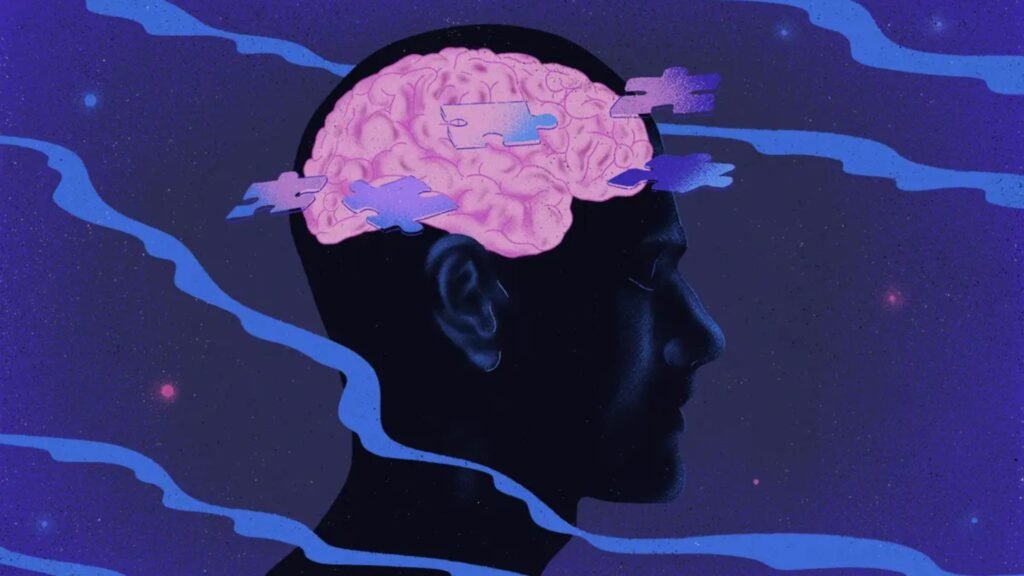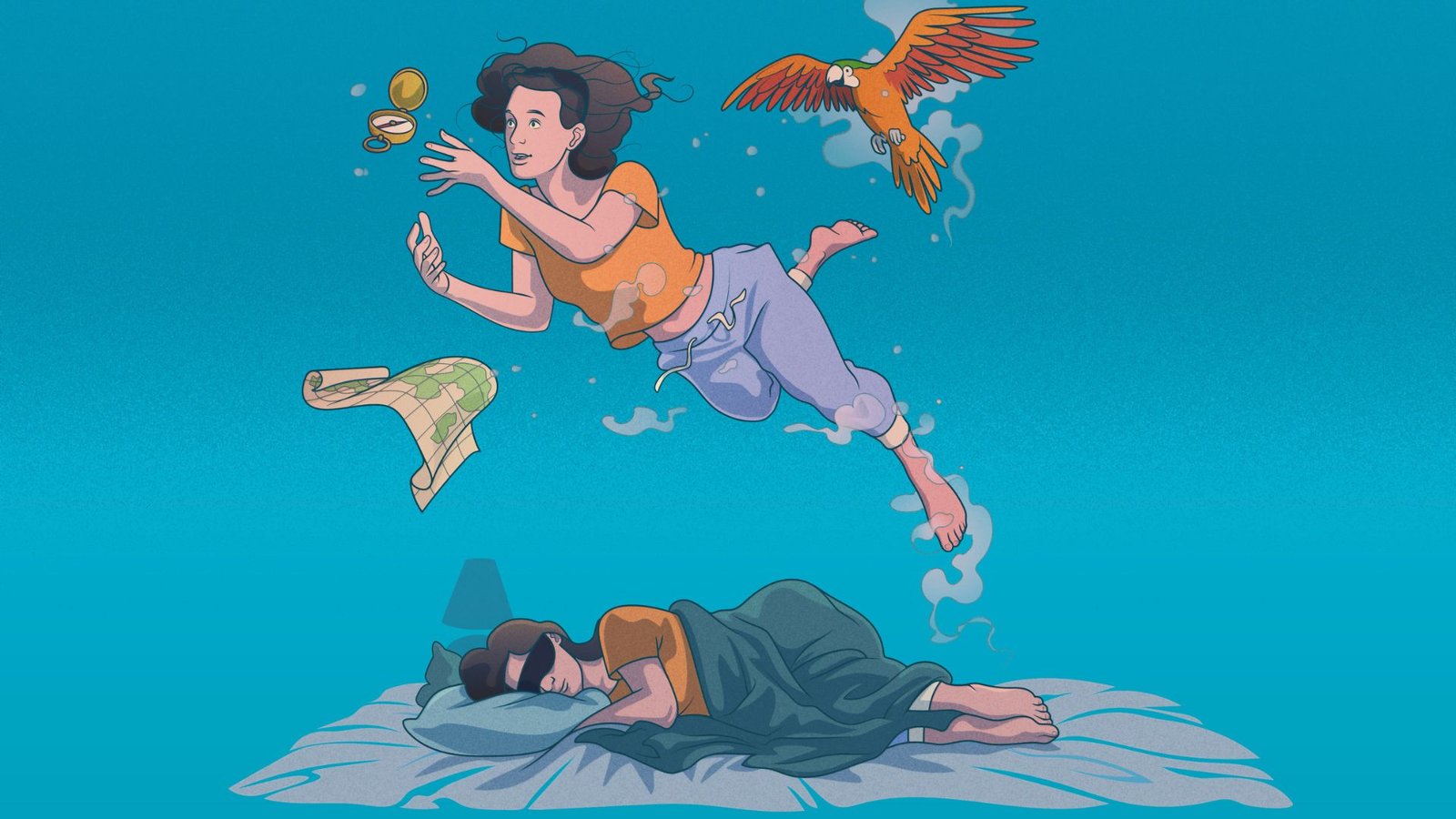Dreams have long fascinated humanity, serving as a bridge between our subconscious and conscious minds. Many people report that their dreams help them think creatively and solve problems. In this article, we’ll explore how dreams contribute to creativity and problem-solving.

Understanding Dreams
Dreams occur during the REM (Rapid Eye Movement) stage of sleep, when the brain is highly active. This activity often leads to vivid imagery, unusual scenarios, and emotional content. Scientists believe that dreams help process experiences and emotions, which can contribute to creative thinking.
Dreams and Creativity
Many artists, writers, and inventors have credited their dreams with inspiring some of their most significant works. For example, Paul McCartney famously claimed that the melody for “Yesterday” came to him in a dream. Similarly, the surreal imagery in Salvador Dalí’s paintings reflects the influence of his dreams. By tapping into the subconscious, dreams often present unexpected ideas and perspectives that can enhance creativity.
Problem-Solving Through Dreams
Dreams can also serve as a valuable tool for problem-solving. Studies suggest that dreaming about a specific issue can lead to insights or solutions that might not surface during waking hours. This phenomenon, known as “incubation,” occurs when the mind subconsciously processes a problem while dreaming.
For instance, the chemist August Kekulé solved the structure of benzene after dreaming about a snake biting its own tail. Such instances illustrate how dreams can facilitate breakthroughs in understanding complex issues.
Techniques to Enhance Dream-Driven Creativity
- Keep a Dream Journal: Recording dreams immediately upon waking can help identify recurring themes or ideas that may aid creative projects.
- Practice Lucid Dreaming: Learning to become aware that you are dreaming can allow you to manipulate dream content, leading to more direct exploration of ideas.
- Set Intentions Before Sleep: Before going to bed, think about a specific problem or creative challenge you want to address. This focus can help guide your dreams toward finding solutions.
- Embrace Daydreaming: While not the same as nighttime dreaming, daydreaming can also spark creativity. Allowing your mind to wander can generate innovative ideas.
Real-Life Examples of Dream-Driven Creativity
Numerous notable figures have drawn inspiration from their dreams. Besides McCartney and Kekulé, other examples include:
- Franz Kafka: His surreal narrative style often mirrors dream-like scenarios.
- Robert Louis Stevenson: He credited dreams for the inspiration behind “Dr. Jekyll and Mr. Hyde.”
These examples highlight the powerful connection between dreaming and the creative process.
The Science Behind Dreams and Creativity
Research into the relationship between dreams and creativity is ongoing. Neuroscientists have found that the brain’s default mode network (DMN), activated during dreaming, plays a significant role in creative thinking. This network connects various regions of the brain, promoting innovative thought and problem-solving.
Conclusion
Dreams serve as a potent source of creativity and problem-solving. By tapping into our subconscious minds, we can unlock new ideas and solutions that enhance our waking lives. Whether through keeping a dream journal, practicing lucid dreaming, or simply reflecting on our nightly visions, we can harness the power of dreams to foster creativity and address challenges.




